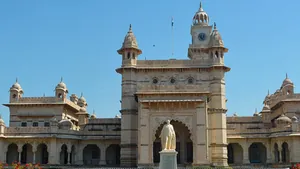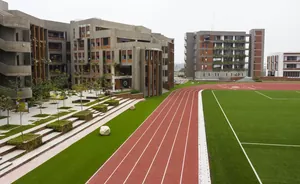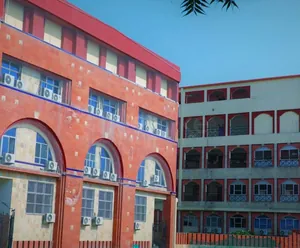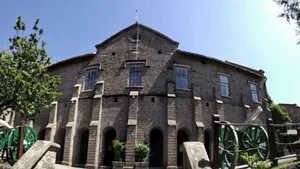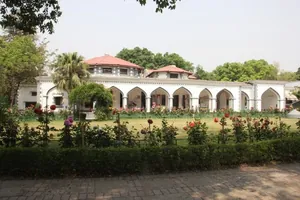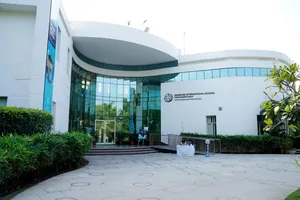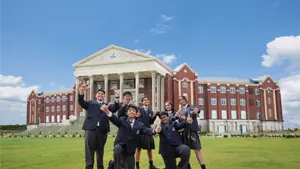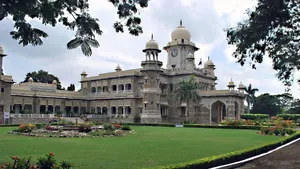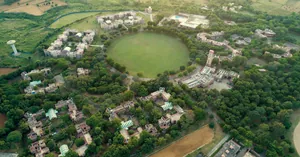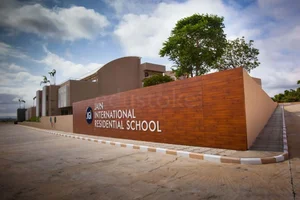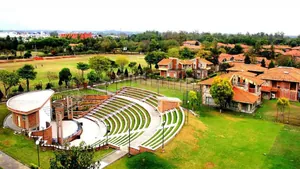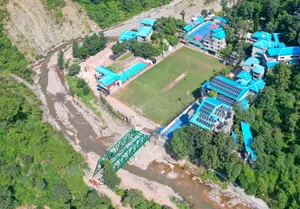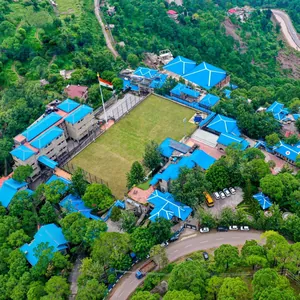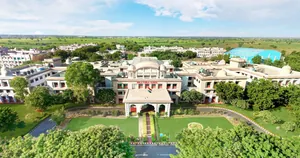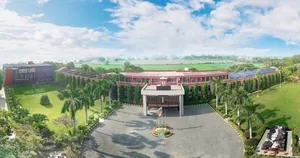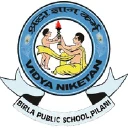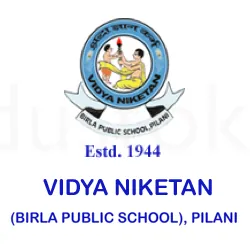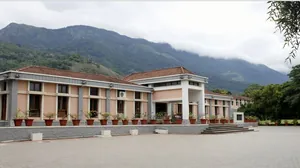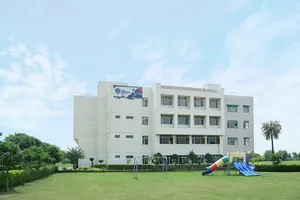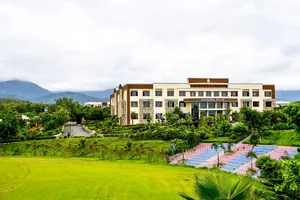Top Locations for CBSE Boarding Schools in India
- Dehradun: The place is known as the ‘educational hub’ in Uttarakhand, India. It has a beautiful, serene and safe environment conducive to quality learning, making this place one of the best choices for boarding schools, particularly the legacy institutions.Popular CBSE Boarding Schools in Dehradun: Tula’s International School, Welham Boys’ School, Doon International School (Riverside campus), and The Indian School.
- Bangalore: Renowned for its Hi-tech infrastructure, innovative ecosystems, cosmopolitan culture, and top-tier information technology (IT) centers, Bangalore is a perfect destination for premier CBSE boarding schools, particularly the new-age ones.Popular CBSE Boarding Schools in Bangalore: Jain International Residential School, Swaminarayan Gurukul International School, and Treamis School.
- Mussoorie: Known as ‘The Queen of Hills’, Mussoorie is a prime destination for numerous boarding schools in India. The place offers a safe, refreshing, and clean environment conducive to personal, spiritual, mental, and intellectual growth and development.Popular CBSE Boarding Schools in Mussoorie: Convent of Jesus and Mary, Oak Grove School, Manav Bharati India International School.
- Pune: Ranked among India’s largest IT hubs, Pune is a perfect spot for new-age boarding schools. It boasts premier colleges, universities, and research institutions, earning it th...

